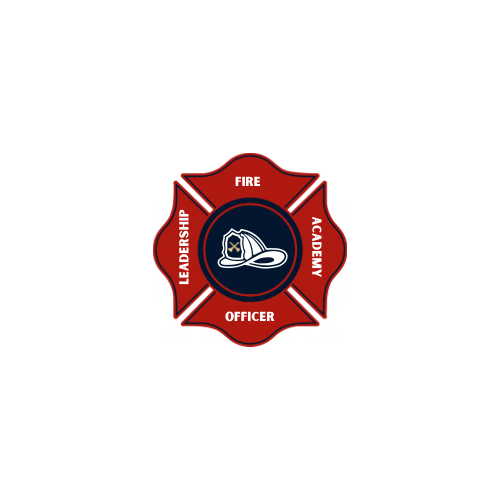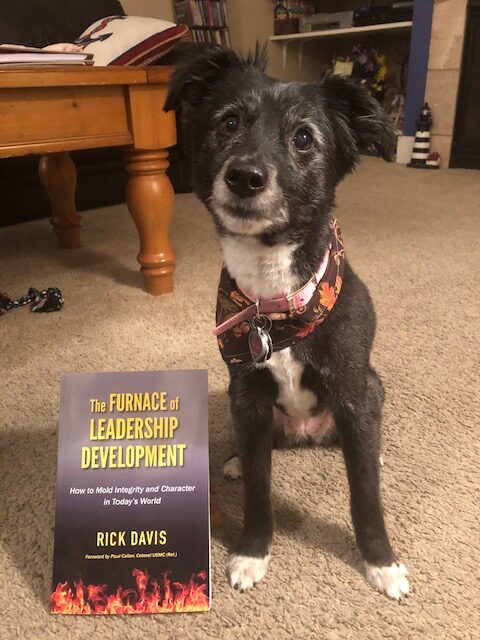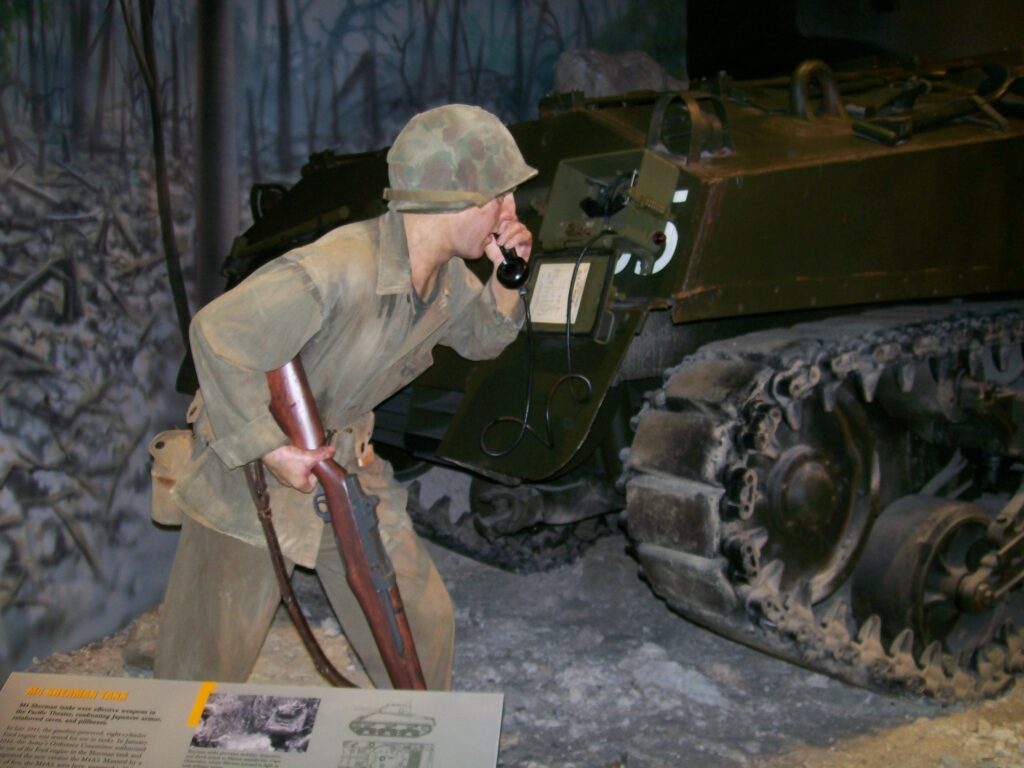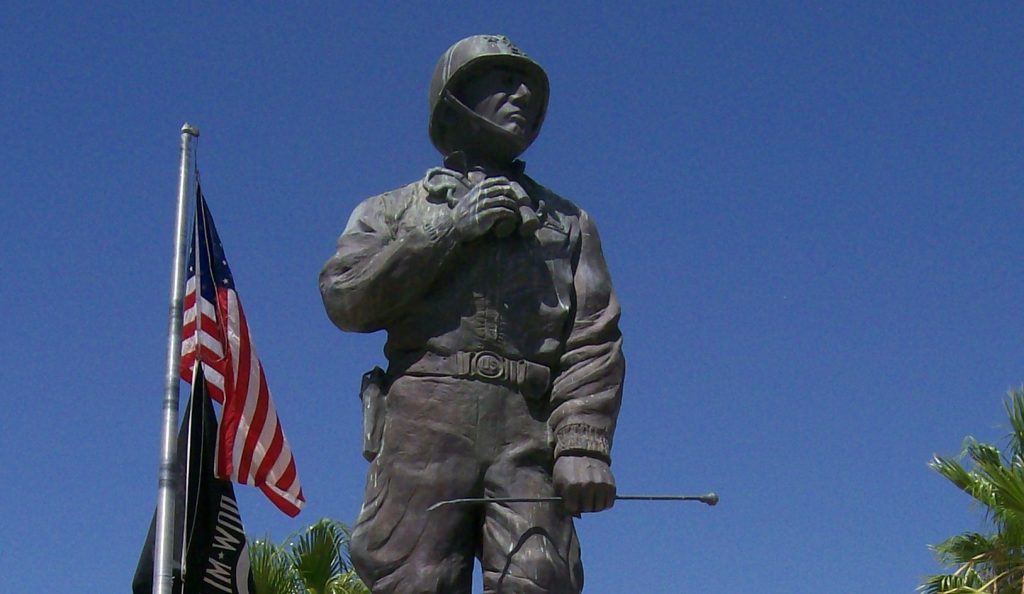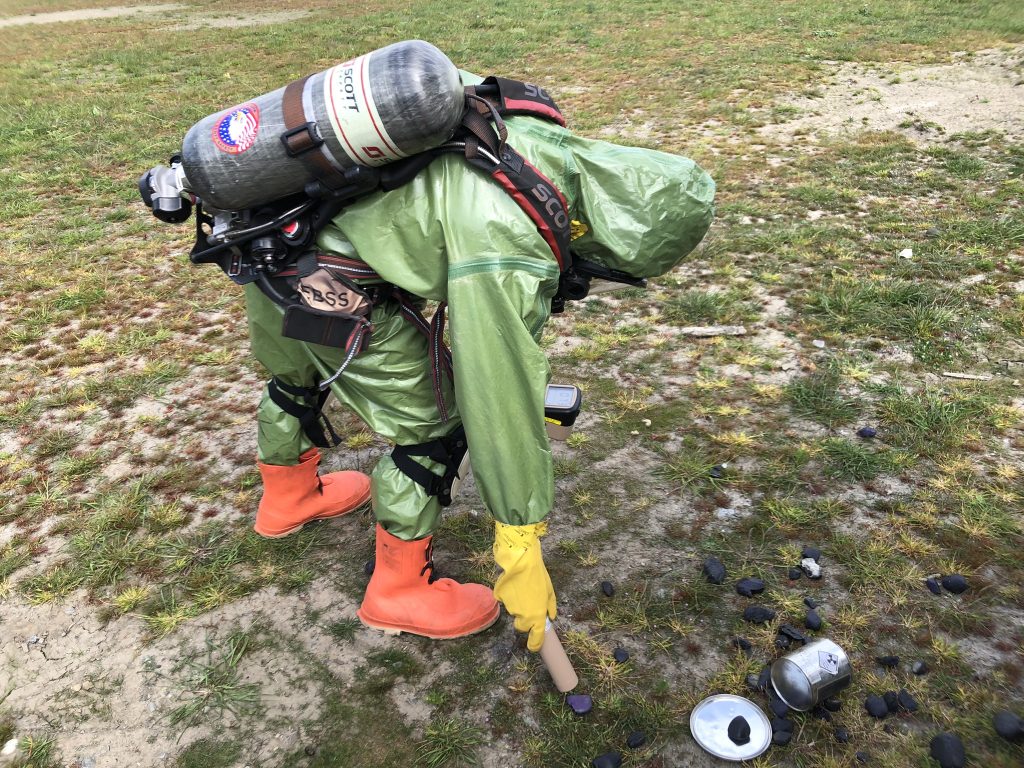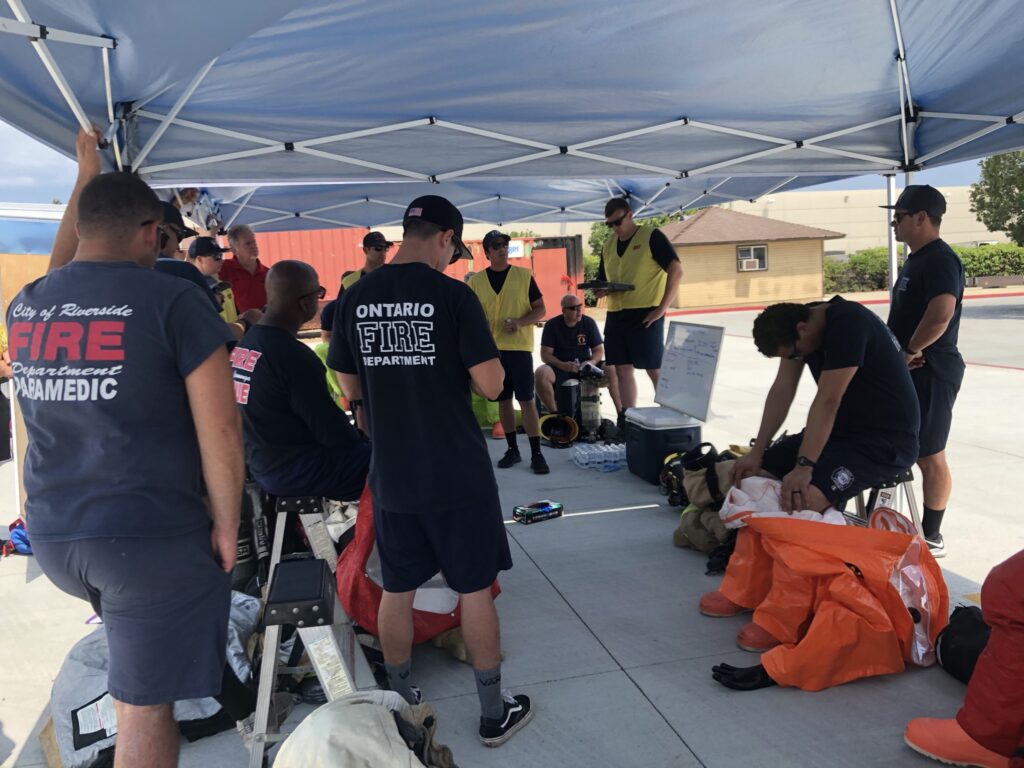Posts Tagged ‘fireofficer’
A Solid Foundation of Character: Integrity
Integrity is one of the fourteen Marine Corps leadership traits. What exactly is integrity? Noah Webster’s Dictionary of the English Language, defines integrity as: The entire, unimpaired state of any thing, particularly of the mind; moral soundness or purity; incorruptness; uprightness; honesty. integrity comprehends the whole moral character, but has a special reference to uprightness in mutual…
Read MoreAre You a Clear Communicator?
The afternoon of February 1, 2017, was sunny and pleasant, but by sundown the temperature began dropping, a light rain fell, and then quickly turned to snow. The wet road surfaces formed a sheet of black ice and there were multiple motor vehicle accidents over the next few hours, including the one in the photo…
Read MoreThe Furnace of Leadership Development
People often ask if my book, The Furnace of Leadership Development is for firefighters only and the answer is no. My book is written for those who want to develop their leadership skills and abilities regardless of profession, age, or status in life. Questions to ponder. Still not sure if the book is for you?…
Read MoreWhy Do You Keep Interrupting Me?
The last two blog posts were titled, Are You Listening and Are You Practicing the Skill of Listening. This post addresses the rude and inconsiderate behavior of interrupting someone else while they are speaking. Mark Twain said, “There is nothing so annoying as to have two people talking when you’re busy interrupting.” Two Examples Unless…
Read MoreAre You Practicing the Skill of Listening?
The title of last week’s blog was Are You Listening? Listening is an active skill, and the process goes far beyond staring at the other person when they are speaking. In his book, Situational Awareness for Emergency Response, Dr. Richard B. Gasaway writes, “The act of listening requires a substantial amount of cognitive horsepower.” He…
Read MoreAre You Listening to Me?
Recently, I had the opportunity to teach a class to a group of singles in our church and the topic was anger. I asked, “What makes you angry?” Some of the answers included things, other drivers, little/older siblings, and not listening. Not listening Why does this happen and what prevents people from listening to someone…
Read MoreThe Timing of Decision-Making
The statue in the photo above is of General George S. Patton, Jr., taken in front of the General Patton Memorial Museum in Chiriaco Summit, California. Patton, known as “Blood and Guts,” was one of the greatest generals in American history and he knew how to make decisions. The Importance of Timing Most people won’t…
Read MoreDo You Want to Be a Successful Decision-Maker?
Think back to the last time you and a group of friends tried to decide where to eat. You asked, “What are you hungry for?” or “Where do you want to go?” Do you remember the ten-minute debate that ate away at your lunch break? Why is it so hard to make a simple decision?…
Read MoreDecisions: “The Most Difficult Part of My Work…”
“The most difficult part of my work is acting without correct information on which to predicate action.”¹ These words, written by Major General George G. Meade on July 6, 1863, capture the challenge of leadership and decision-making under uncertainty. Fresh from the Battle of Gettysburg, Meade understood that leaders often make decisions with incomplete information,…
Read MoreCollaborative Decision-Making: The Key to Success
In high-pressure situations, success often hinges on collaborative decision-making, experience, and efficient execution. These three elements, when combined, create a powerful formula for achieving goals, whether on the scene of an emergency or within your team and organization. The Power of Collaboration Collaboration is more than just working together; it’s about aligning efforts toward a…
Read More